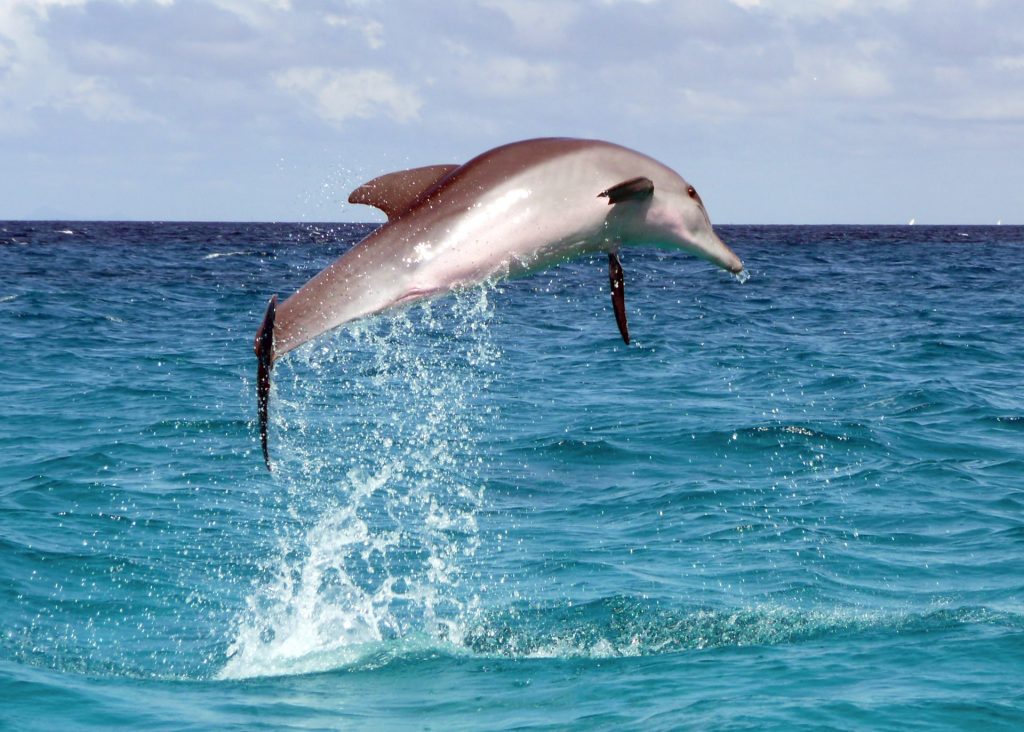Zanzibar has many, many natural reserves including ones dedicated to forested areas, the ocean, and everywhere in between. Because of the vast biodiversity found in Zanzibar, there are numerous protected areas for you to visit, learn about, and even help protect.
Jozani Chwaka Bay National Park
Jozani Chwaka Bay is a 50 km squared park and is the only official national park on the island of Zanzibar. Part of what makes the national park so wonderful is some of the wonderful wildlife that can be found here, such as the Zanzibar red colobus. This rainforest tree is just one of the many colorful, and brilliant species of flora in the park, including the nocturnal hyrax tree – which is said to be the first hyrax species to grow in the park’s forest.
The fauna in the park range from Sykes monkeys, to about 50 species of butterflies, and over 40 species of birds. There are also dolphins, and deep sea fish such as tuna, marlin, and even sharks. However, one of the most infamous animals located in Jozani Chwaka Bay National Park are the Zanzibar leopards.
The species, which is suspected to be extinct, has found its way into local legend and superstitions. Some say that sorcerers keep these leopards as their pets.
The sea grass beds found in Chwaka Bay are some of the most important breeding grounds for the marine life in the area, including open sea fish. This area is also a specifically good breeding ground for birds.
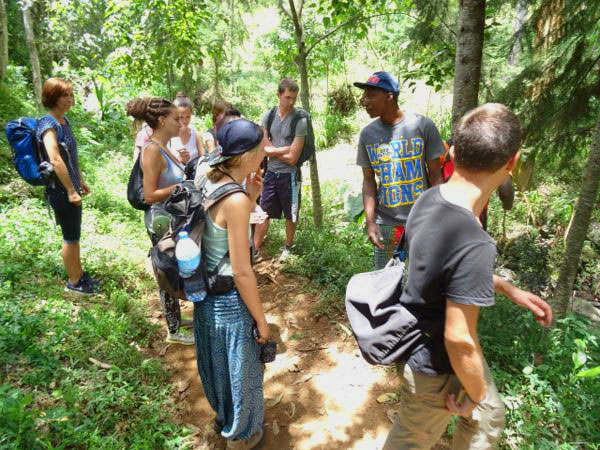
Chumbe Marine Park
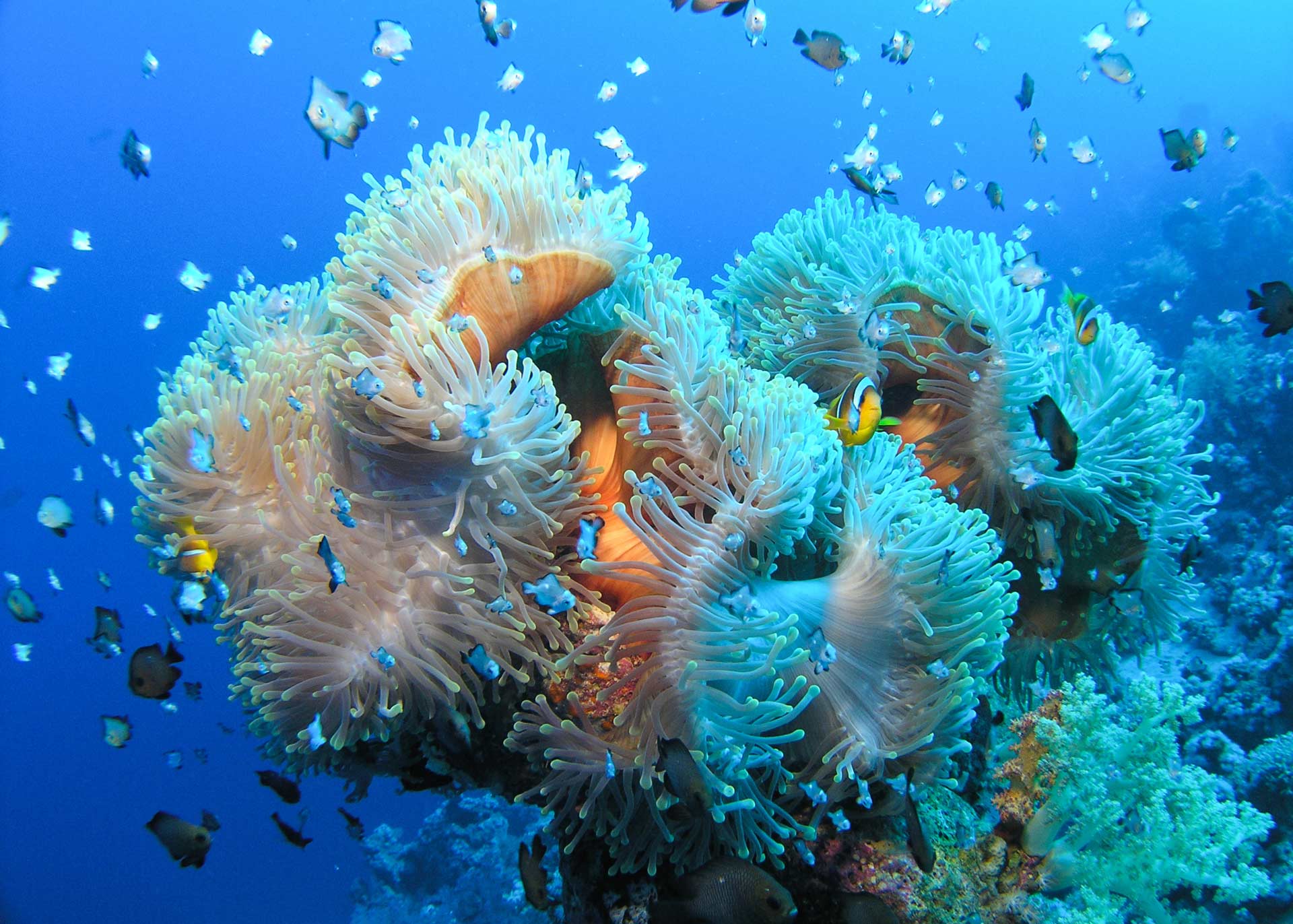
Chumbe Marine Park, or as it is officially recognized as Chumbe Reef Sanctuary, is a privately managed marine park found on Chumbe Island, Zanzibar, that has been operational since early 1994.
The original objective of the marine sanctuary was to create a park that would help preserve, as well as develop the rich biodiversity of coral that is found in the waters around Zanzibar. It can be said that Chumbe Marine Park has been an outstanding success as an ecotourism project.
While the park was originally being developed there were some serious controversies and debates among the three parties that came together to put the sanctuary together: The local government, the private park developers, and the local fishermen in the area. Since the conflict was settled, and the park was built, it now receives extra funding from the E.U., a German aid agency, as well as many other unaffiliated, and independent donors (including the original developer team.)
The Chumbe Marine Park has a terrestrial nature trail, as well as an eco-lodge for tourists, as well as an education center that helps spread the message of coral protection and education.
The Chumbe Reef Sanctuary has garnered many awards since it was developed, including a UNEP Global 500 Award for Environmental Achievement, as well as a British Airways Tourism for Tomorrow Southern Regional and Global Awards.
Ngezi Forest Reserve
Located in the Pemba Island, Tazania, the Ngezi Forest Reserve spreads out over about 3, 600 acres of land that is mostly comprised of forest. This reserve was first established in 1959 and to this day stands as some of the most diverse forested areas in the country.
The Ngezi Forest Reserve is home to several biomes such as the tropical forest, riverine forest, as well as the maquis shrubland. Between all of these biomes, there are hundreds of species of plant life living and thriving in harmony. A lot of the Ngezi Forest Reserve is dominated by mangroves, as well as a large number of orchids, Aerangis and Vanilla roscheri, among many, many others.
The Ngezi Forest Reserve is also home to numerous animal species, including the rare and endangered Pemba flying fox. This fox has come near extinction, however, in recent years its population as boomed to about 20,000 thanks to the protective programs set in the reserve.
The reserve is also home to numerous primates, including the subspecies vervet monkey, and Zanzibar red colobus – a species of monkey that was first introduced to the reserve back in the 70s.
The Ngezi Forest Reserve houses other famous animals such as the blue duiker, and the Pemba scops owl.
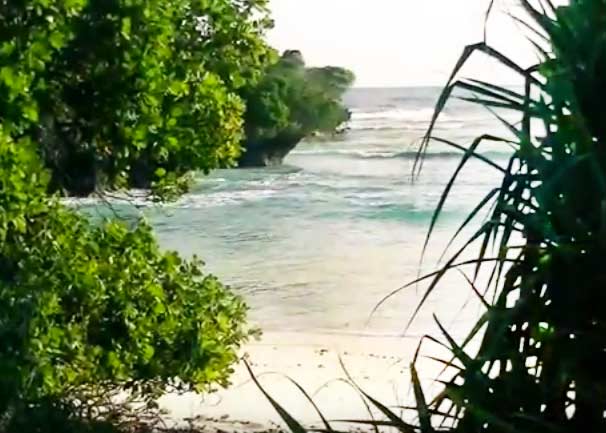
Kiwengwa/Pongwe Forest Reserve

The Kiwengwa/Pongwe Forest Reserve can be found about 20 km from Zanzibar Town, on the northeastern coast of Unguja. This forest reserve is home to one of the most important biodiversity locations in the entire coral rag zone. Because of this, the forest reserve is full of many, many varieties of faunal and floral species, making it one of the most diverse areas in all of Zanzibar.
Some of the animal species that are reported to be calling the Kiwengwa/Pongwe Forest Reserve home include a few species of the red colobus monkey, aders, sykes, and blue monkeys. There are also sunni antelope, as well as many, many species of snakes. The forest reserve is also home to about 50 species of birds, including the Fisher’s turaco, Zanzibar sombre greenbul, white-browed coucal, and the crowned hornbill.
To go along with the large amount of fuanal in the reserve, there are also over 100 species of plants (including medicinal species.)
There are coral caves located on the Kiwengwa/Pongwe Forest Reserve where stalactites and stalagmites can be viewed.
The ecosystem in this forest reserve is being threatened thanks to the timber extraction that has been happening since the 70s. However, there have been many measures taken in order to protect the rich biodiversity found in the Kiwengwa/Pongwe Forest Reserve.
Mnemba Island
Located about 3 km off of the notheast coast of Zanzibar Archipelago’s largest island (Unguja), Mnemba Island is only about 1 mile in circumference, and about 1,640 ft. in diameter. However, what makes Mnemba Island so special is the fact that it is surrounded by an oval reef that stretches out for 3 miles. This reef is an official Marine Conservation area.
Because of this reef, Mnemba Island is one of the most popular scuba diving sites in all of Zanzibar. The reef has a large variety of coral, and smaller species. However, the reef sometimes attracts larger sea creatures such as turtles and dolphins.
The marine reserve on the island is broken down into four distinct habitats which house their own array of Indian Ocean wildlife. Some of the wildlife closely associated with Mnemba Island are nesting turtles, humpback whales, multiple species of dolphins, whale sharks, as well as numerous species of migratory birds that feed and roost on the island.
The type of species that can be found on Mnemba Island depends on what time of the year you visit. With many species coming to feed, roost, and breed, the wildlife here is different each and every time of year.
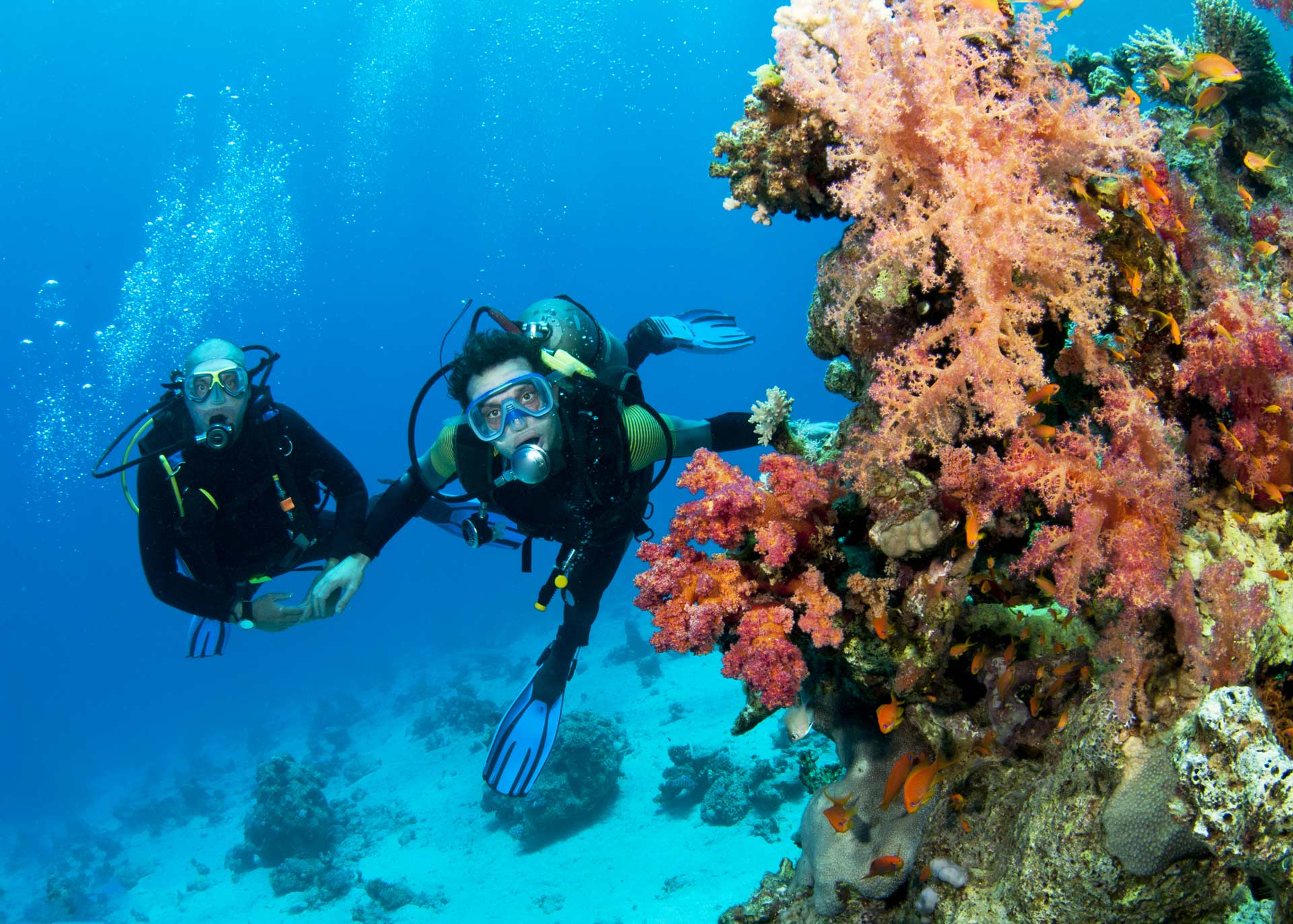
Misali Marine Park
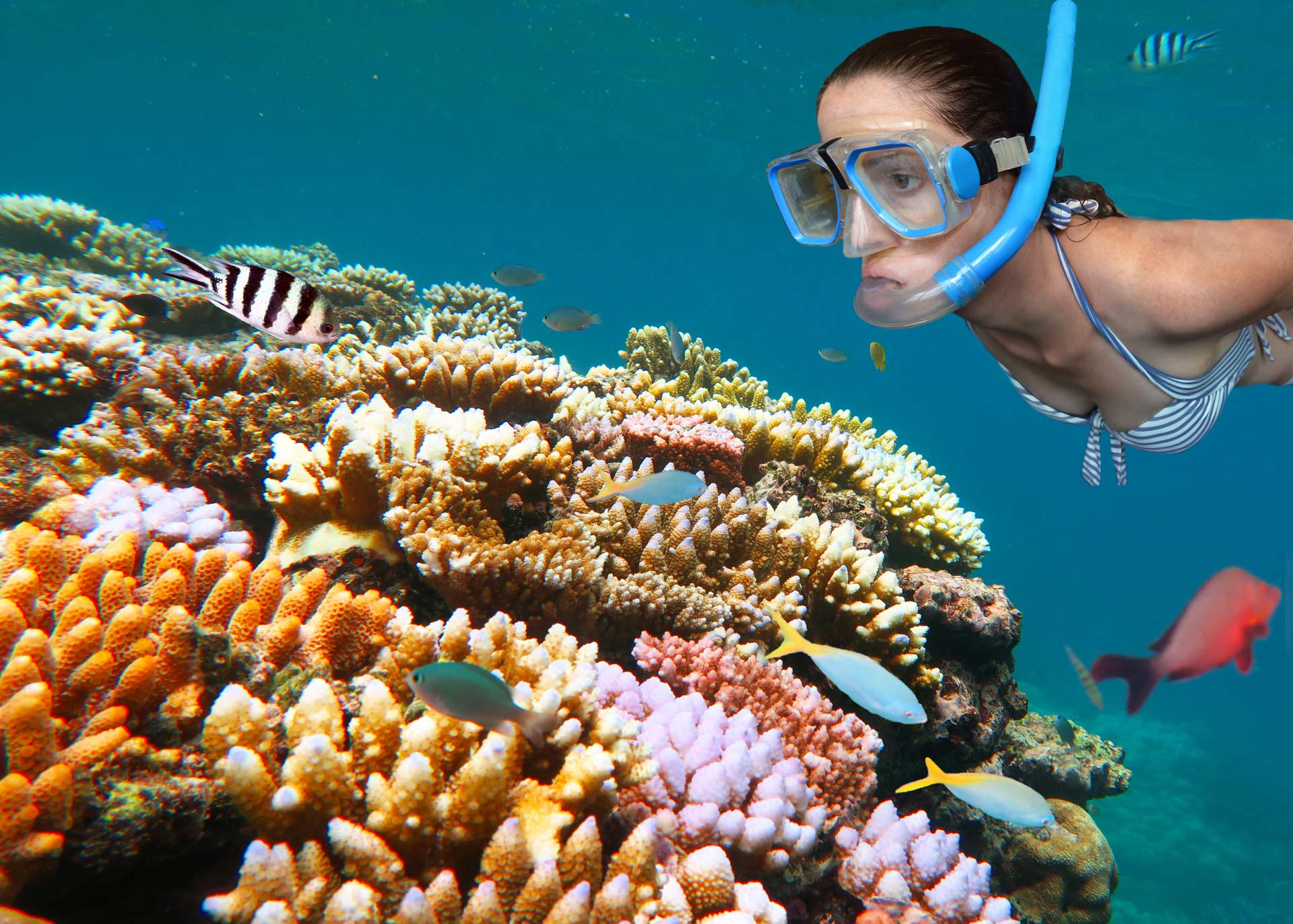
The Masili Marine Park is one of the wings of the prestigious Pemba Channel Conservation Area which is spread across a massive 22-squared-km area that includes nearly 10 km-squared of coral that circles around Misali Island, in Zanzibar.
The Misali Marine Park represents the reef ecosystem and all of the biodiversity, as well as socio-economic value that comes along with this area of Zanzibar. The fringe portion of Misali Island has a surrounding reef that is home to over 42 hard coral genera, and well over 400 species of fish, including the beautiful, and endangered Humphead species.
This reef is also one of the main sources of larvae in the area thanks to how close it is to the Pemba Channel (which separates Misali Island from mainland Tanzania.) The reef is also one of the largest fishing areas for the twenty-some-odd Pemba communities who fish the waters for a livelihood.
The Misali Marine Park is home to many sea urchins, as well as finfish that help boost the economy of those Pemba communities. The Park is also home to historic 17th century pirate hideaways, including the hidden treasure of Captain Kidd.
Menai Bay
Located right on the southwestern coast of Zanzibar Island, the Menai Bay is an 8-km wide bay that is fed by the Zanzibar Strait of the Western Indian Ocean.
Dotted all along the long, stretching coastline of Menai Bay you will find about 19 different villages with a totalling population of about 17,000. All of these villages are located in the Unguja South Region of the island.
The Menai Bay Conservation Area is a large marine reserve that specializes in protecting habitat and biota of the surrounding area.
